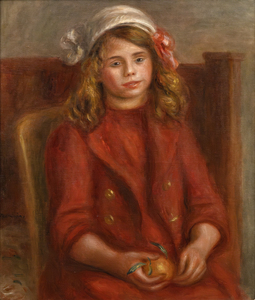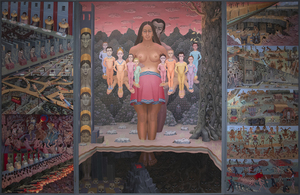Désert de palmier
Notre galerie à Palm Desert est située au centre de la région de Palm Springs en Californie, à côté de la zone commerçante et salle à manger populaire d'El Paseo. Notre clientèle apprécie notre sélection d'art d'après-guerre, moderne et contemporain. Le temps magnifique pendant les mois d'hiver attire les visiteurs de partout dans le monde pour voir notre beau désert, et s'arrêter à notre galerie. Le paysage désertique montagneux à l'extérieur offre la toile de fond panoramique parfaite à la fête visuelle qui vous attend à l'intérieur.
45188, avenue Portola
Palm Desert, Californie 92260
(760) 346-8926
Heures d'ouverture :
Du lundi au samedi : 9h00 - 17h00
Expositions
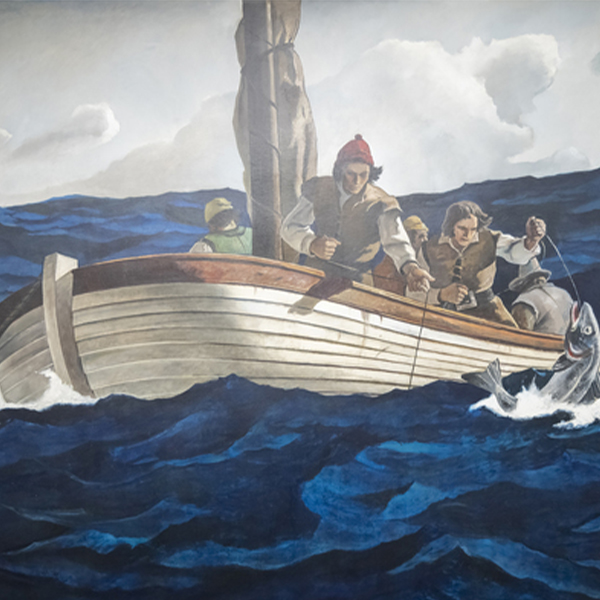
ARCHIVES
Rencontre avec la vie : N.C. Wyeth et les fresques de MetLife

ARCHIVES
Georgia O'Keeffe et Ansel Adams : Art moderne, amitié moderne

ARCHIVES
Le sang de votre cœur : Intersections de l'art et de la littérature
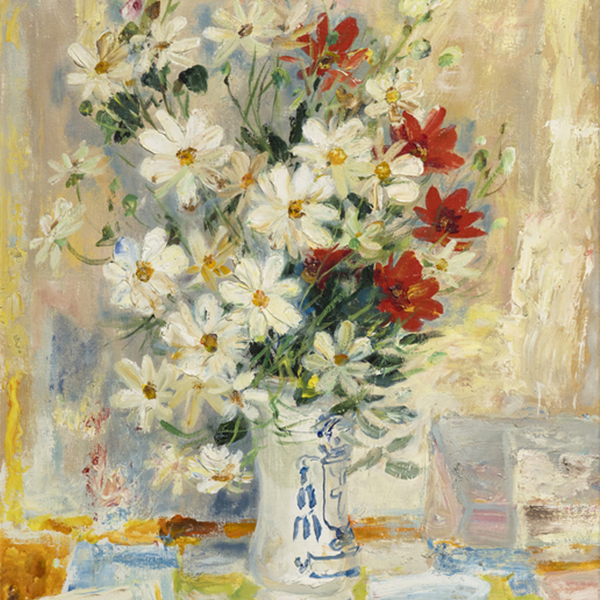
ARCHIVES
Des fleurs pour le printemps, un coup de pied dans la fourmilière

ARCHIVES
Plus que de la vie : Dialogues impressionnistes de Monet et au-delà
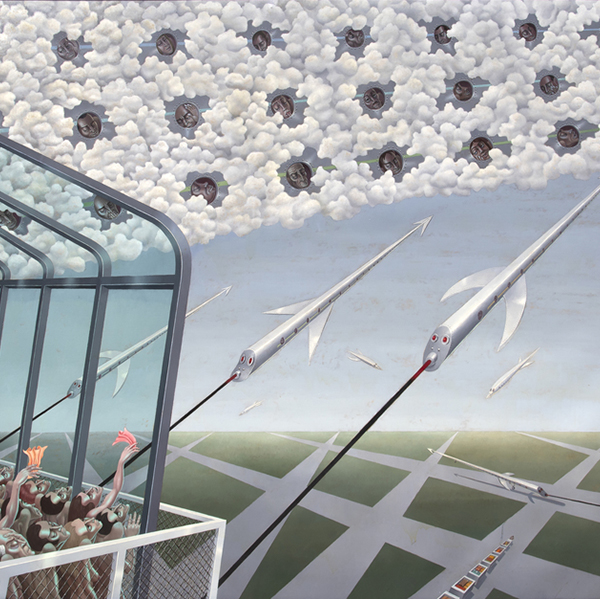
ARCHIVES
Le modernisme juif - Partie 2 : La figuration de Chagall à Norman

ARCHIVES
Vincent van Gogh et les grands impressionnistes du Grand Boulevard

ARCHIVES
Ferrari et Futuristes : Un regard italien sur la vitesse
OEUVRED-ŒUVRE SUR LA VUE
DANS LES NOUVELLES
SERVICES
Heather James Fine Art offre une vaste gamme de services à la clientèle qui répondent à vos besoins particuliers en matière de collection d'œuvres d'art. Notre équipe d'exploitation comprend des gestionnaires d'œuvres d'art professionnels, un service de registraire complet et une équipe logistique possédant une vaste expérience du transport, de l'installation et de la gestion des collections d'œuvres d'art. Avec un service de gants blancs et des soins personnalisés, notre équipe fait un effort supplémentaire pour assurer des services artistiques exceptionnels à nos clients.







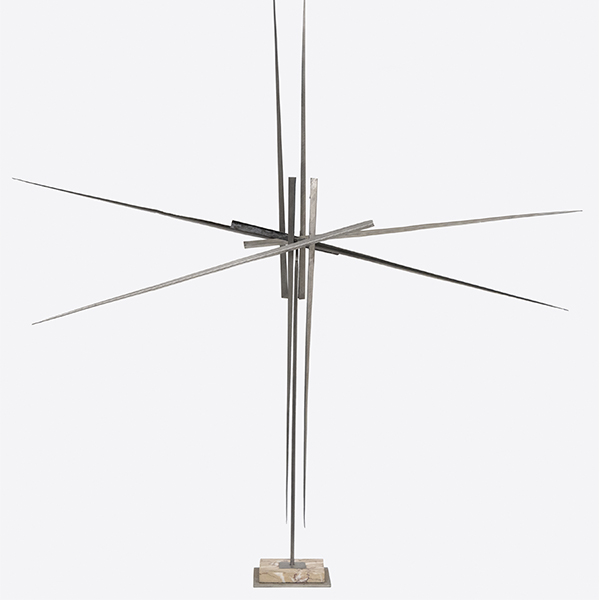















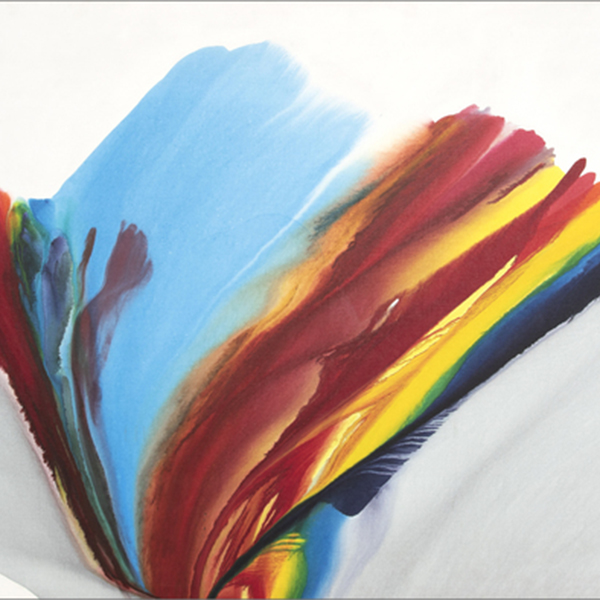
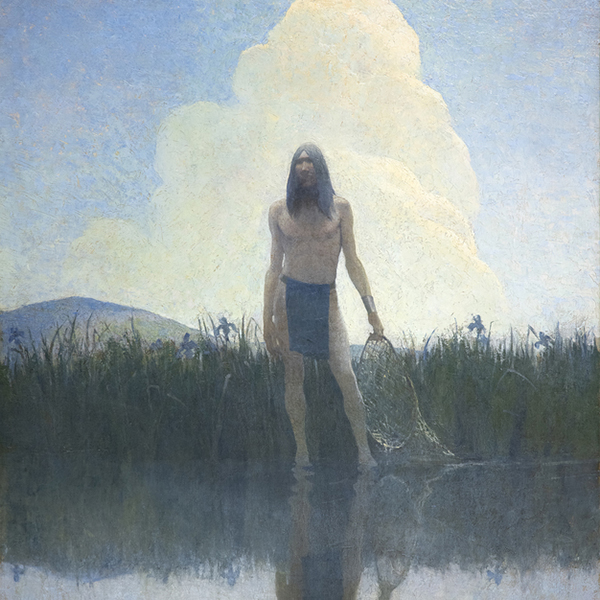











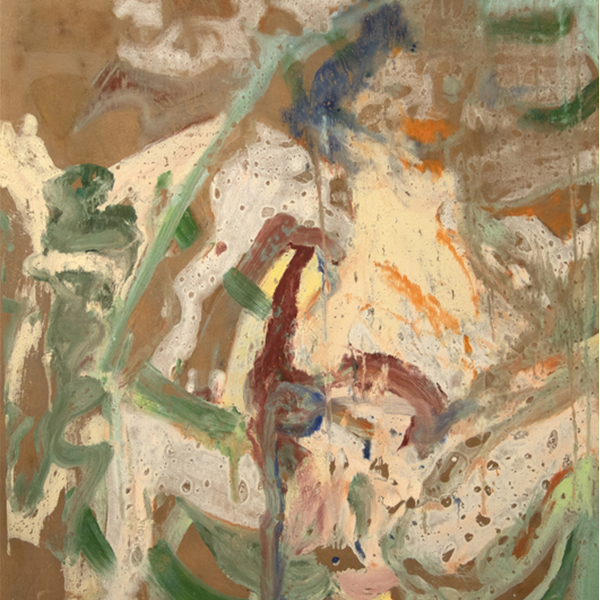









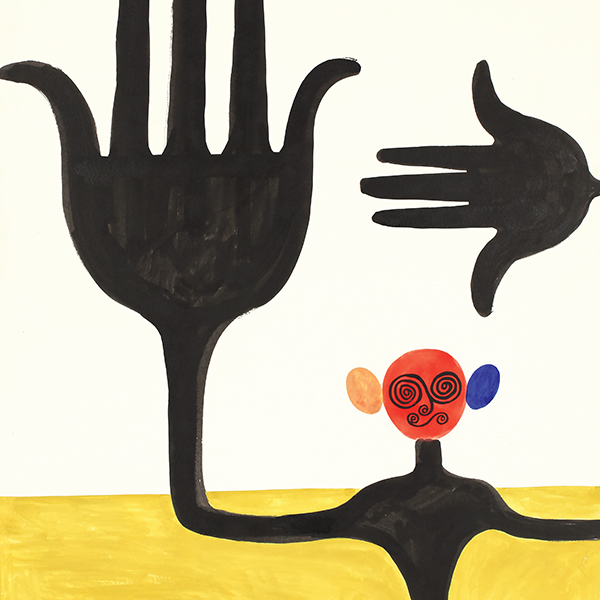



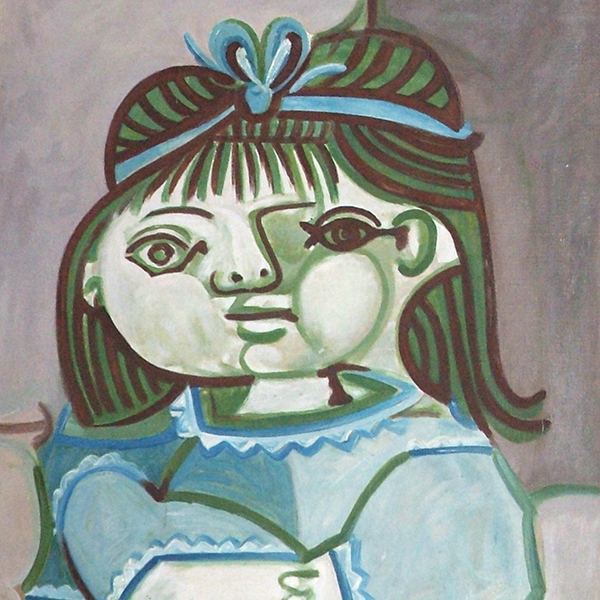
_tn27843.jpg )
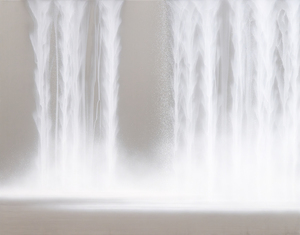

_tn46214.jpg )
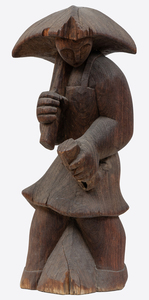



_tn39239.jpg )



_tn28596.jpg )




_tn47033.jpg )
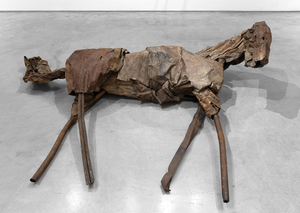






_tn16764.b.jpg )
_tn40803.jpg )






























_tn47012.jpg )

,_new_mexico_tn40147.jpg )



_tn43950.jpg )
